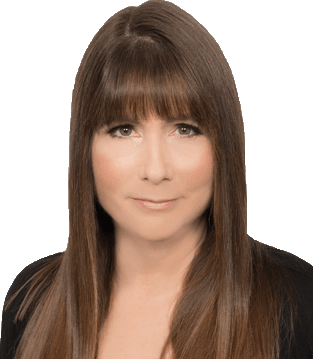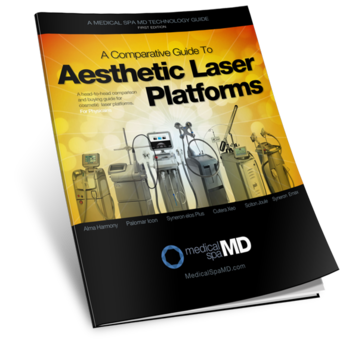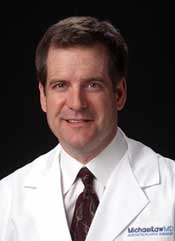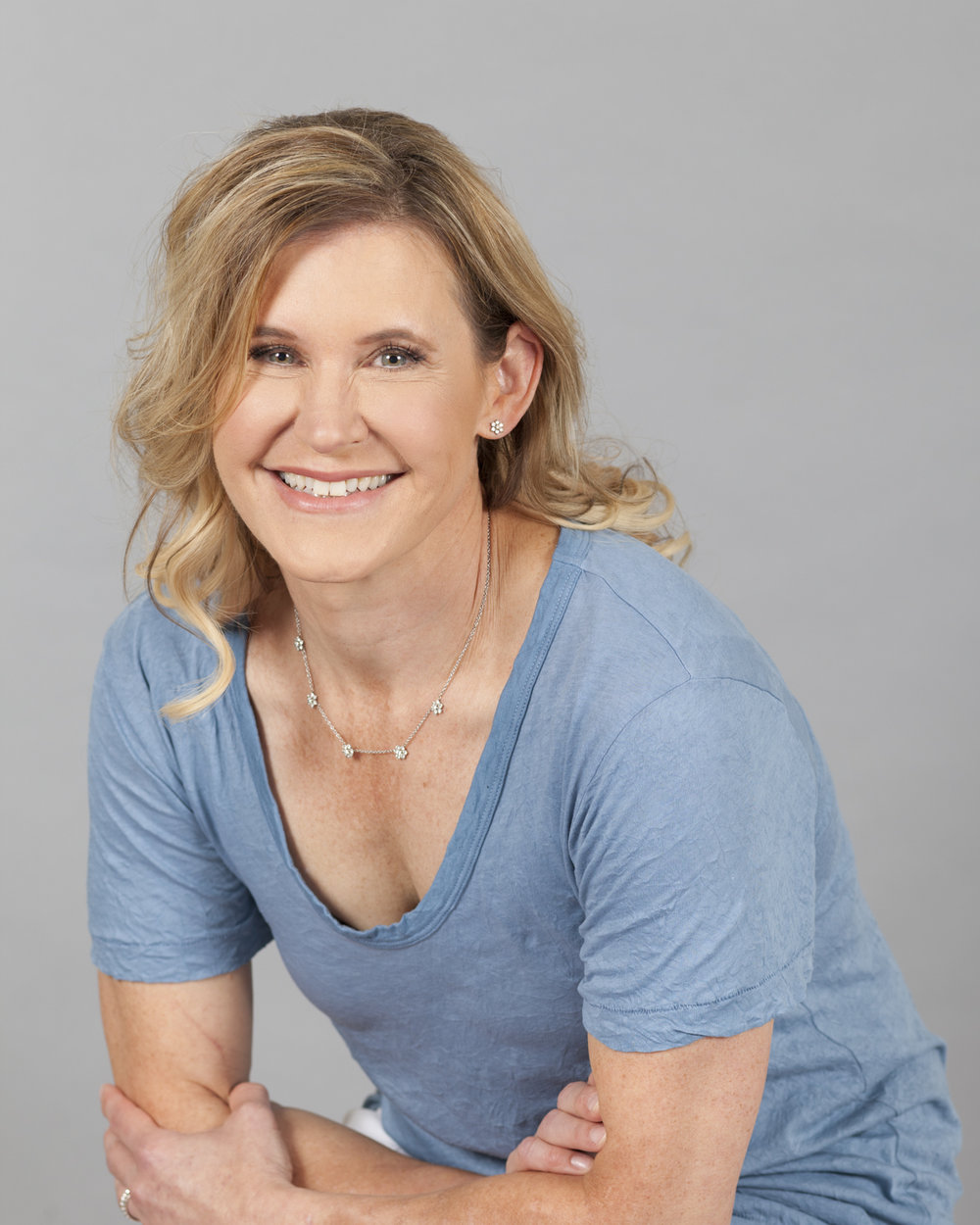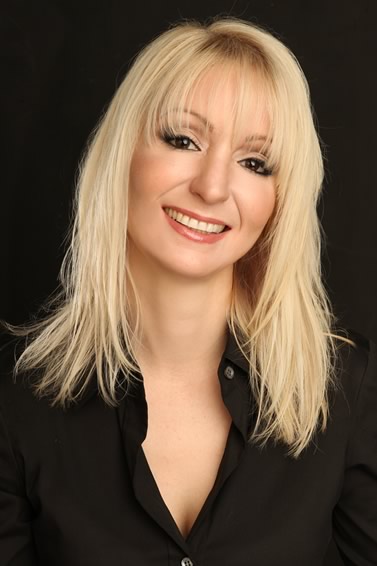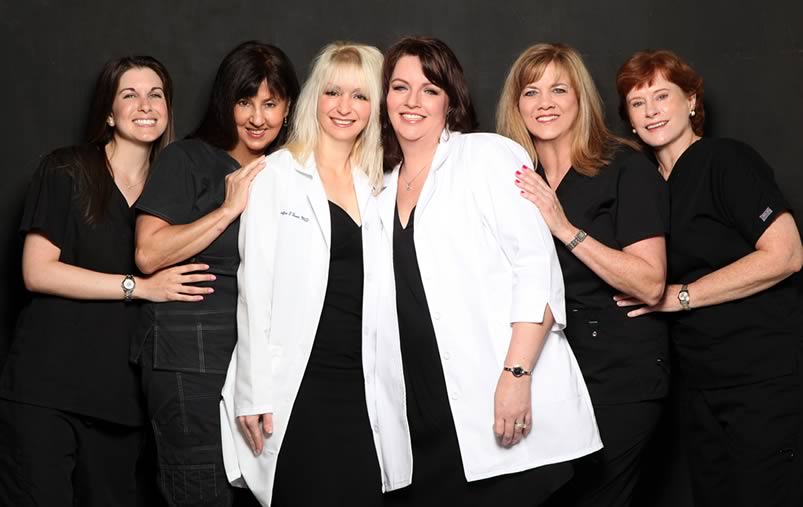Pricing Dysport, Xeomin, & Botox in the Aesthetics Market
/Can you make money on Botox? Should you switch to Xeomin? The newest information shows that facial fillers and injectables will continue to be the primary physician-based cosmetic treatment (and a primary source of revenue and patient flow).
With Botox, Dysport and now Xeomin targeting wrinkles, and Juvederm, Radiesse, Kybella, Scupltra, and Belotero for volume/fullness, injection based treatments are the initial treatment point of contact for most cosmetic clinics, even those run by surgeons.
With the prevalence of these treatments we thought we'd take a look at the current state of care in the US (the largest single market) since there are a number of new players that are making inroads and taking some market share from the biggest players.
First up; Botox, Dysport and Xeomin.
Botox, Dysport, and Xeomin primarily treat glabellar Lines and lateral orbital rhytids (crow's feet) but they've seen increasing usage around the mouth in some practices. (We do not recommend this unless you're extremely skilled since this can cause some serious problems if you paralyze someone's mouth.)
These treatments are restricted by licence although there have been a number of unlicensed individuals (like this horror story) where individuals were treating patients.
Let's take a look at each.
BOTOX
The big boy in the market, Botox or onabotiliniumtoxinA was approved for cosmetic use in 2002. Approved treatment areas are as follows: hyperhidrosis, migraines, and the neck and chin. It is not limited to those areas as there are other FDA Approved uses in the body (Blepharophasm, Strabismus, and Overactive Bladder). It is used off-label by some physicians to treat other areas.
In 5 major US Cities, the average price of a Botox treatment for a patient is around $400. Botox (10mu) is selling around $400-$525 according to some US physicians and based on pharmacy price but it's much cheaper outside the US. Units used differ depending on the treated area, with a recommended 20 Units for the Glabellar Area, 6 to 20 Units for the Forehead, 4 to 12 for the Crow's Feet.
Many patients find Botox as the most effective in making wrinkles disappear, most are satisfied with their treatments over time, with a 95% Satisfaction Rate among patients. Not all however are mostly satisfied with their procedure, because some have complained making their appearance worse, probably do to the fact that every patient with a new treatment becomes hyper-focused on the mirror. Still, don't be to quick to discount patient reported effects of unevenness, ptosis, and sagging.
According to Mukherjee (2015), Botox is expected to grow to $2.9 Billion by 2018 with the facial aesthetic market to balloon to more than $4 Billion, with the US contributing half of it. (Nice!)
DYSPORT
The teenager Dysport (abobotiliniumtoxinA) entered the market in 2009 and has actually been giving Botox (Allergan) a respectable competitor. In its early release, many were skeptical about its efficacy, strengthening Botox' popularity among patients (possibly do to it's lower cost). However, many studies have shown that Dysport is a fast acting injectable as compared to Botox.
Why choose Dysport over Botox?
In a double-blind study conducted in 2011, Botox and Dysport were used to test ninety patients. Dysport was the better choice to treat crow's feet in the study. The dosage used in the study had 30 Units for Dysport, while 10 only for Botox.
On average, Dysport treatment costs $360 for some major US cities we looked at for Botox. As for the selling price of Dysport to physicians, it is at around $475-$800. According to some physicians, for treatment of crow's feet at least 30 units is used to treat one side, 20-80 for the forehead, and 40-80 units for the glabellar.
Dysport can be an alternative to those who do not find Botox effective. Some prefer Dysport as their neuromodulator of choice due to its longer efficacy. It has been said that due to lesser proteins, Dysport can easily be accepted by the body.
It has proven itself to be a worthy competitor against Botox with a 93% satisfaction rate by Dysport users. On the other hand, it is not all met with praise since it can cause the same side effects to patients that Botox can.
XEOMIN
The new kind on the block. Among the three neuromodulators, Xeomin contains only incobotulinumtoxin A, resulting in some calling Xeomin the 'Naked Botox'. It has no proteins which both the two prior injectables contain, and it requires no refrigeration. Many observe that Xeomin has the slowest onset among the toxins, with results appearing 3-4 days after treatment.
In administering Xeomin, the needle is smaller and the injections are a few centimeters away from each other (less pain?). It also uses only around 10-25 units for one side for crow's feet treatment, 10-15 for the forehead, and 20 for the glabellar. Merz retails a bottle of Xeomin at $466, with some pharmacies selling it at a lower cost around $260 - $300. On average, the treatment of Xeomin to patients is around $355.
Xeomin showed great results for frown lines for most patients, but it's often rated slightly lower by patients in terms of satisfaction. This may be due to actual results, but it's also likely that differing injection techniques by new clinicians who have previous experience with Botox and Dysport, as well as less patient name recognition could be the cause.
As part of this series we're going to do some internal surveys and research into pricing and satisfaction across physicians. If you'd like to be involved and/or have access when we release these results, please make sure that you sign up as a member.
Read the sister post to this on filler injections pricing and satisfaction for clinicians.


